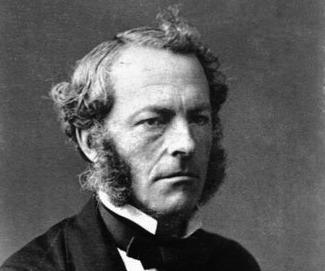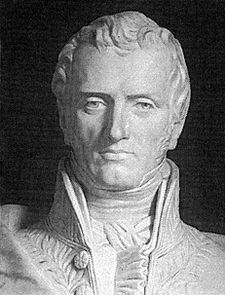

Waves follow our boat as we meander across the lake, and turbulent air currents follow our flight in a modern jet. Mathematicians and physicists believe that an explanation for and the prediction of both the breeze and the turbulence can be found through an understanding of solutions to the Navier-Stokes equations. Although these equations were written down in the 19th Century, our understanding of them remains minimal. The challenge is to make substantial progress toward a mathematical theory which will unlock the secrets hidden in the Navier-Stokes equations.
The Navier–Stokes existence and smoothness problem concerns the mathematical properties of solutions to the Navier–Stokes equations, one of the pillars of fluid mechanics (such as with turbulence). These equations describe the motion of a fluid (that is, a liquid or a gas) in space. Solutions to the Navier–Stokes equations are used in many practical applications. However, theoretical understanding of the solutions to these equations is incomplete. In particular, solutions of the Navier–Stokes equations often include turbulence, which remains one of the greatest unsolved problems in physics, despite its immense importance in science and engineering.
Even much more basic properties of the solutions to Navier–Stokes have never been proven. For the three-dimensional system of equations, and given some initial conditions, mathematicians have not yet proved that smooth solutions always exist, or that if they do exist, they have bounded energy per unit mass. This is called the Navier–Stokes existence and smoothness problem.
Since understanding the Navier–Stokes equations is considered to be the first step to understanding the elusive phenomenon of turbulence, the Clay Mathematics Institute in May 2000 made this problem one of its seven Millennium Prize problems in mathematics. It offered a US$1,000,000 prize to the first person providing a solution for a specific statement of the problem.
Prove or give a counter-example of the following statement:
In three space dimensions and time, given an initial velocity field, there exists a vector velocity and a scalar pressure field, which are both smooth and globally defined, that solve the Navier–Stokes equations.
Grigori Perelman proved the Poincare conjecture and then refused a million dollar prize (the Millennium Prize). He is the only mathematician who has declined the Fields medal.
The Telegraph 22nd August 2012 by Brett Forrest: Searching for Grigori Perelman, Russia's reclusive maths genius
The Human Brain Project (HBP) is a European Commission Future and Emerging Technologies Flagship. The HBP aims to put in place a cutting-edge, ICT-based scientific research infrastructure that will allow scientific and industrial researchers to advance our knowledge in the fields of neuroscience, computing and brain-related medicine. The Project promotes collaboration across the globe, and is committed to driving forward European industry.
Even by the standards of the TED conference, Henry Markram’s 2009 TEDGlobal talk was a mind-bender. He took the stage of the Oxford Playhouse, clad in the requisite dress shirt and blue jeans, and announced a plan that—if it panned out—would deliver a fully sentient hologram within a decade. He dedicated himself to wiping out all mental disorders and creating a self-aware artificial intelligence. And the South African–born neuroscientist pronounced that he would accomplish all this through an insanely ambitious attempt to build a complete model of a human brain—from synapses to hemispheres—and simulate it on a supercomputer. Markram was proposing a project that has bedeviled AI researchers for decades, that most had presumed was impossible. He wanted to build a working mind from the ground up.